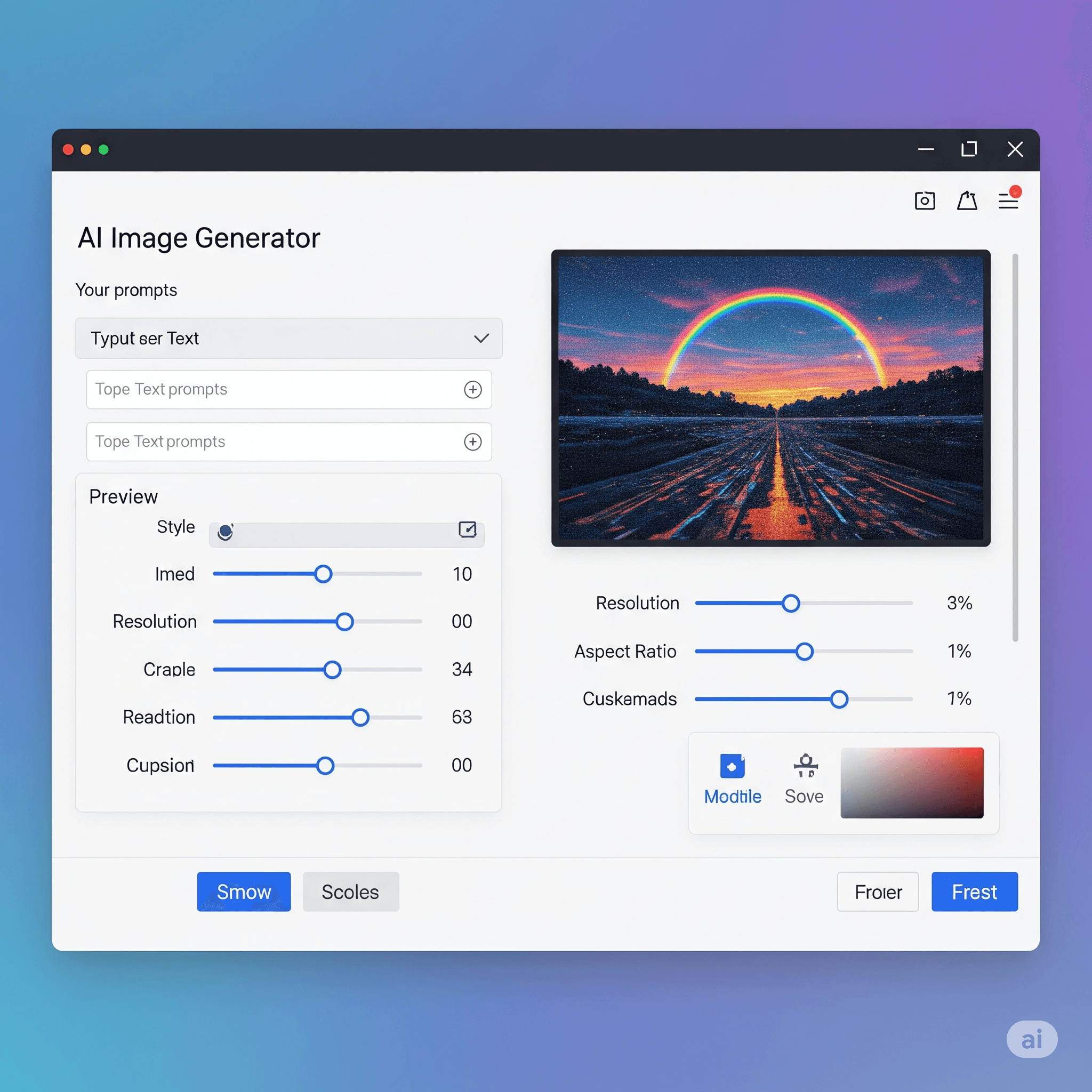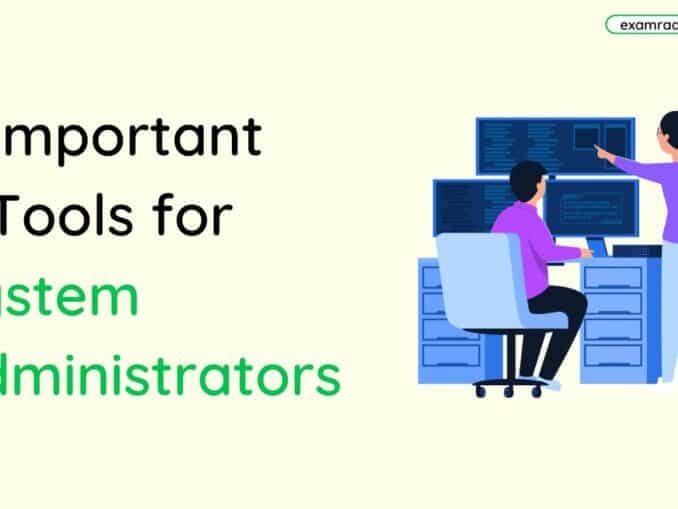Question: In ERP, data migration refers to What?
Answer:
In ERP (Enterprise Resource Planning) systems, data migration refers to the process of transferring data from the legacy or existing systems into the new ERP system. It involves extracting data from the source systems, transforming and cleansing it as necessary, and loading it into the target ERP system.
Data migration is a critical aspect of implementing an ERP system as it ensures that important business data, such as customer records, product information, financial data, and transactional data, is accurately transferred and available in the new system. The goal of data migration is to ensure data integrity, consistency, and completeness in the ERP system.
The data migration process typically involves the following steps:
1. Planning: Defining the scope of data migration, identifying data sources, determining the required data fields, and establishing a timeline and resources for the migration.
2. Data Extraction: Extracting data from the legacy systems or existing databases using appropriate tools and techniques. This may involve exporting data from databases, flat files, spreadsheets, or other data sources.
3. Data Transformation: Transforming and mapping the extracted data to match the format and structure required by the target ERP system. This step may involve data cleansing, data validation, data normalization, and data enrichment to ensure data accuracy and consistency.
4. Data Load: Loading the transformed data into the ERP system's database or data repository. This step includes creating data tables, defining relationships between data entities, and populating the data fields with the transformed data.
5. Data Verification and Validation: Performing data validation checks and reconciliation to ensure that the migrated data is complete, accurate, and consistent. This involves comparing the migrated data with the source data, conducting sample checks, and verifying data integrity.
6. Data Testing: Conducting tests and simulations to validate the functionality and performance of the ERP system with the migrated data. This step ensures that the system operates as expected and that the data is correctly integrated and accessible.
7. Post-migration Activities: Conducting post-migration activities such as data archiving, decommissioning of the legacy systems, and user training on the new ERP system.
It's important to note that data migration is a complex process that requires careful planning, data cleansing, and testing to minimize the risk of data loss, corruption, or disruption to business operations. Organizations often engage data migration specialists or consultants to ensure a smooth and successful migration to their new ERP system.
MCQ: In ERP, data migration refers to
Explanation:
In ERP (Enterprise Resource Planning) systems, data migration refers to the process of transferring data from the legacy or existing systems into the new ERP system. It involves extracting data from the source systems, transforming and cleansing it as necessary, and loading it into the target ERP system.
Data migration is a critical aspect of implementing an ERP system as it ensures that important business data, such as customer records, product information, financial data, and transactional data, is accurately transferred and available in the new system. The goal of data migration is to ensure data integrity, consistency, and completeness in the ERP system.
The data migration process typically involves the following steps:
1. Planning: Defining the scope of data migration, identifying data sources, determining the required data fields, and establishing a timeline and resources for the migration.
2. Data Extraction: Extracting data from the legacy systems or existing databases using appropriate tools and techniques. This may involve exporting data from databases, flat files, spreadsheets, or other data sources.
3. Data Transformation: Transforming and mapping the extracted data to match the format and structure required by the target ERP system. This step may involve data cleansing, data validation, data normalization, and data enrichment to ensure data accuracy and consistency.
4. Data Load: Loading the transformed data into the ERP system's database or data repository. This step includes creating data tables, defining relationships between data entities, and populating the data fields with the transformed data.
5. Data Verification and Validation: Performing data validation checks and reconciliation to ensure that the migrated data is complete, accurate, and consistent. This involves comparing the migrated data with the source data, conducting sample checks, and verifying data integrity.
6. Data Testing: Conducting tests and simulations to validate the functionality and performance of the ERP system with the migrated data. This step ensures that the system operates as expected and that the data is correctly integrated and accessible.
7. Post-migration Activities: Conducting post-migration activities such as data archiving, decommissioning of the legacy systems, and user training on the new ERP system.
It's important to note that data migration is a complex process that requires careful planning, data cleansing, and testing to minimize the risk of data loss, corruption, or disruption to business operations. Organizations often engage data migration specialists or consultants to ensure a smooth and successful migration to their new ERP system.
Discuss a Question
Related Questions
- 1. Which of the following depicts correct chronological order for scope of COBIT framework
- 2. What is Request-Response Protocol?
- 3. The default size of block in Apache HDFS is
- 4. Payment Gateway refers to what?
- 5. “Collaborative application development” means?
- 6. Electronic Data Interchange (EDI) Means ?
- 7. Which of the following is not correct?
- 8. Match the following terms: <img src="http://examradar.com/wp-content/uploads/2017/02/web-internet-fundamental-mcq-3.png" alt="web-internet-fundamental-mcq-3" width="658" height="199" class="alignnone size-full wp-image-5277" />
- 9. To represent one billion (1 billion = 1000 million), minimum number of bits needed are
- 10. Match the following terms: <img src="http://examradar.com/wp-content/uploads/2017/02/web-internet-fundamental-mcq-4.png" alt="web-internet-fundamental-mcq-4" width="769" height="199" class="alignnone size-full wp-image-5278" />
You may be interested in:
Web Fundamental MCQs






